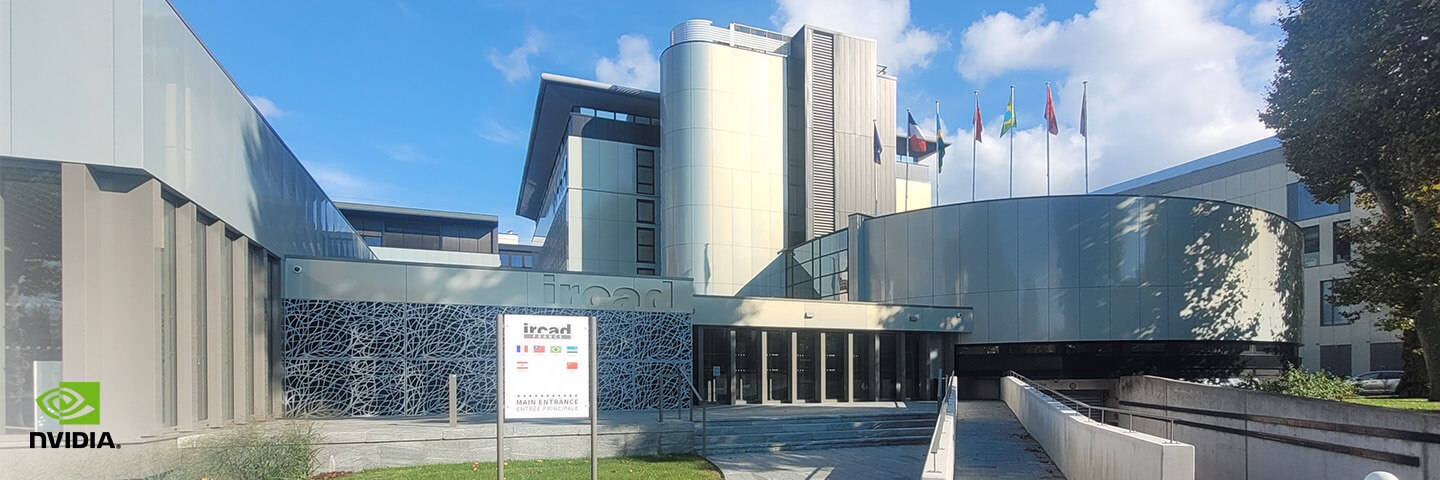
Using artificial intelligence in medical care!
“The time has come for medicine to move out of the industrial age and into the information era.” As early as 1991, Professor Robert Satava (then a member of the US ARMY Medical Research) announced that medicine and surgery in particular should make use of new technologies. He was already talking about internet and augmented reality back then. But also about artificial intelligence.
IRCAD in Strasbourg is making the new vision of medicine and surgery a reality. We reflect with the institute on a very special use of AI.
What is IRCAD?
IRCAD is an institute for medical and surgical research that was founded in 1994. The IRCAD’s research focus has always been on developing surgical techniques that are as minimally invasive as possible.
The institute employs artificial intelligence to “enhance” the skills of the surgeon, especially in the visual and manual sector, with the help of robotics. Every year 6200 surgeons come from all over the world to be trained by a team of 642 international experts.
Project Disrumpere
The use of artificial intelligence enables IRCAD to carry out very ambitious research projects. One of their latest is the DISRUMPERE project. The aim is to use ultrasound images that are enhanced by artificial intelligence and make them accessible to everyone. The AI algorithms allow the surgeon to optimise ultrasound images and use them for robot-supported recognition and treatment of illnesses such as organ tumours.
IRCAD and Bechtle
In order to be able to make their project a reality, Bechtle recommended IRCAD an innovative solution—the NVIDIA DGX™ STATION A100.
After several months of extensive use, Toby Collins, Head of Research in the Surgical Data Science Research Department and Flavien Bridault, Head of Research in software development at the IRCAD institute gave us some feedback.
Toby Collins: “What struck us the most in terms of differences to the old station was the improved productivity. It’s really important for us to achieve results quickly, since AI is an iterative process. Thanks to this new version we can work almost three times as fast on 3D models. And this improves our response times in daily business by a wide margin. To sum it up, we are thrilled about it and we still haven’t pushed it to its limits. And if we go there, we’d simply get another station.
Flavien Bridault: “In earlier generations we had 8 GPUs. Today, with only 4 GPUs, we have three times the power compared to previous configurations. And the machine itself is far smaller. It’s a station you can stow simply under a desk, while the old one had to be stored in a special cabinet and powered and cooled. ”